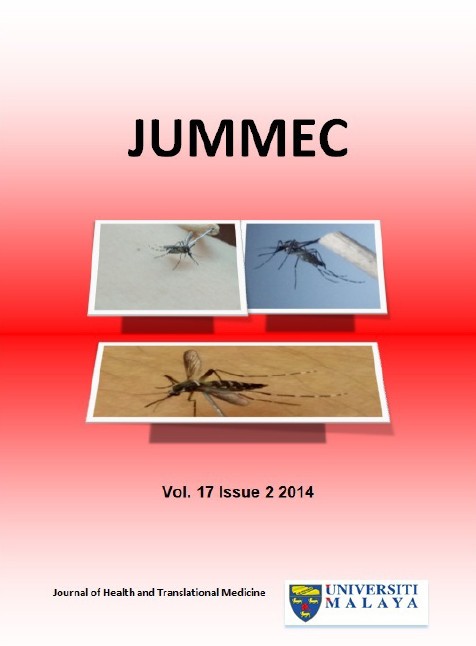PHYLLANTHUS SP A LOCAL PLANT WITH MULTIPLE MEDICINAL PROPERTIES
Abstract
ABSTRACT The plants of the genus Phyllanthus (Euphorbiaceae) are distributed in most tropical and subtropical regions of world. This plant has been long used as a traditional medicine to treat problems such as stomach, intestinal infections, kidney and urinary bladder disturbances, diabetes, and hepatitis B. There has been considerable interest in these plants in recent years. This review discusses the antiviral and anticancer aspects of Phyllanthus species. Scientific studies have demonstrated that extracts and purified isolated compounds (flavonoids, lignans, phenols, and terpenes) obtained from these plants possess antiviral effects against herpes simplex (HSV) and dengue virus infections (DENV). These observations are associated with the disruption of essential proteins needed during viral cycle, thus halting the viral replication. In addition, the Phyllanthus species have also been shown to exert inhibitory effects against selected cancers types. In these studies anti-proliferative, anti-metastatic, anti-angiogenic effects and induced apoptosis of human cancers cell lines were observed. These may be explained by the disruption of multiple survival pathways and differential protein expression. CONLCUSION:As a conclusion, tThe Phyllanthus plant possesses multiple medicinal properties, including antiviral and anticancer activities which may potentially be used as a medicinal source for many disease locally.
Downloads
Downloads
Published
Issue
Section
License
All authors agree that the article, if editorially accepted for publication, shall be licensed under the Creative Commons Attribution License 4.0 to allow others to freely access, copy and use research provided the author is correctly attributed, unless otherwise stated. All articles are available online without charge or other barriers to access. However, anyone wishing to reproduce large quantities of an article (250+) should inform the publisher. Any opinion expressed in the articles are those of the authors and do not reflect that of the University of Malaya, 50603 Kuala Lumpur, Malaysia.


